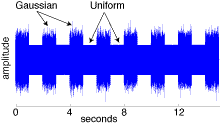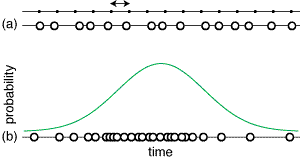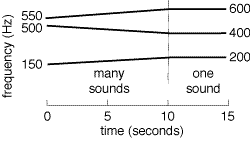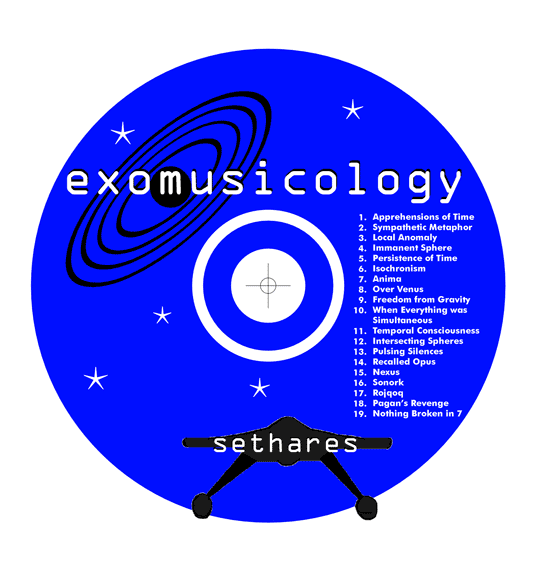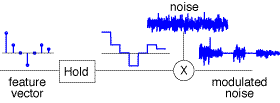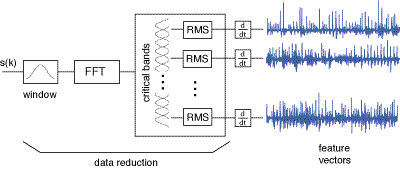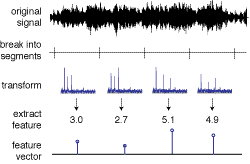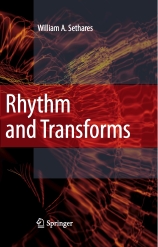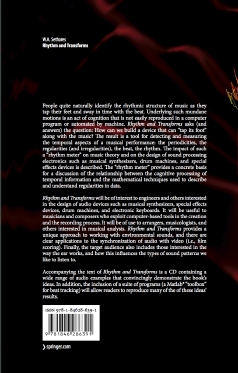- (Povel1.mp3 0:20), (Povel2.mp3 0:20), (Povel3.mp3 0:20), (Povel4.mp3 0:20), (Povel5.mp3 0:20),
- (Povel6.mp3 0:20), (Povel7.mp3 0:20), (Povel8.mp3 0:20), (Povel9.mp3 0:20), (Povel10.mp3 0:20),
- (Povel11.mp3 0:20), (Povel12.mp3 0:20), (Povel13.mp3 0:20), (Povel14.mp3 0:20), (Povel15.mp3 0:20),
- (Povel16.mp3 0:20), (Povel17.mp3 0:20), (Povel18.mp3 0:20), (Povel19.mp3 0:20), (Povel20.mp3 0:20),
- (Povel21.mp3 0:20), (Povel22.mp3 0:20), (Povel23.mp3 0:20), (Povel24.mp3 0:20), (Povel25.mp3 0:20),
- (Povel26.mp3 0:20), (Povel27.mp3 0:20), (Povel28.mp3 0:20), (Povel29.mp3 0:20), (Povel30.mp3 0:20),
- (Povel31.mp3 0:20), (Povel32.mp3 0:20), (Povel33.mp3 0:20), (Povel34.mp3 0:20), (Pove35.mp3 0:20)
|
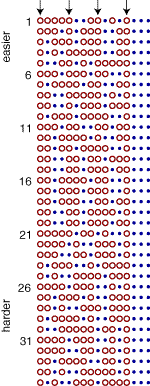 |
